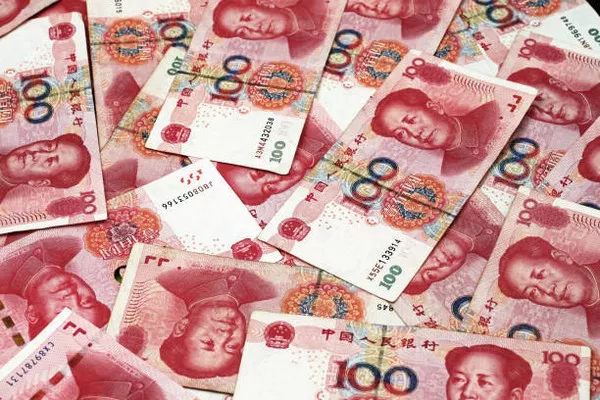In the realm of global finance, the stability and safety of a currency are pivotal concerns for investors, businesses, and governments alike. The Chinese yuan, also known as the renminbi (RMB), has emerged as a significant player in the international monetary system. Its trajectory from a tightly controlled domestic currency to one with increasing global influence raises questions about its safety as a reliable store of value and a medium for international transactions.
The Evolution of the Chinese Yuan
The Chinese yuan has undergone substantial transformations over the past few decades. Historically pegged to the U.S. dollar, the yuan’s exchange rate was tightly managed by the Chinese government. However, since the early 2000s, China has pursued a gradual shift towards a more market-driven exchange rate system. This change was motivated by the desire to gain greater control over monetary policy and to enhance the yuan’s role in international trade and finance.
The yuan’s inclusion in the International Monetary Fund’s (IMF) Special Drawing Rights (SDR) basket in 2016 marked a significant milestone, elevating its status as a global reserve currency alongside the U.S. dollar, euro, yen, and British pound. This move underscored China’s commitment to internationalizing the yuan and enhancing its credibility in global financial markets.
Factors Affecting Yuan Stability
1. Government Control
China’s economic and financial systems are heavily influenced by government policies. While the country’s centralized approach can provide stability, it also introduces risks related to political interference and regulatory changes. Investors keen on the yuan’s safety must monitor Chinese government actions closely, particularly concerning monetary policy and capital controls.
2. Economic Fundamentals
A currency’s stability is closely linked to the strength of its underlying economy. China’s economic performance, including GDP growth, inflation rates, and trade balance, significantly impacts the yuan’s stability. External factors like global demand for Chinese exports and commodity prices also play a role in determining the currency’s health.
3. Foreign Reserves
China boasts one of the world’s largest foreign exchange reserves, providing a cushion against external shocks and currency volatility. A robust reserve position enhances market confidence in the yuan’s stability and the government’s ability to manage exchange rate fluctuations.
4. Trade Relations
As the world’s largest trading nation, China’s trade relationships influence the yuan’s stability. Bilateral agreements, trade tariffs, and global economic conditions shape the demand for yuan in international transactions. China’s efforts to promote the yuan as a settlement currency in global trade have furthered its integration into the international monetary system.
5. Market Forces
Despite China’s gradual move towards a market-determined exchange rate, the government continues to intervene in currency markets to manage fluctuations. The extent of such interventions affects market perceptions of the yuan’s stability and credibility.
Challenges and Risks
While the yuan’s internationalization has progressed, challenges and risks persist:
Capital Controls: China’s strict capital controls restrict the free flow of capital in and out of the country. These controls are aimed at maintaining financial stability but can create uncertainties for foreign investors.
Debt Levels: China’s rising debt levels, both public and private, pose risks to economic stability and, by extension, currency stability.
Geopolitical Tensions: Heightened geopolitical tensions can influence market sentiment towards the yuan, impacting its value and stability.
Evaluating Yuan Safety
To assess the safety of the Chinese yuan, investors and analysts must consider a range of factors:
Policy Environment: Analyze Chinese government policies, particularly related to monetary and exchange rate management.
Economic Indicators: Monitor key economic indicators like GDP growth, inflation rates, and trade balances to gauge the yuan’s underlying strength.
External Factors: Consider global economic trends, trade dynamics, and geopolitical developments that could impact the yuan.
Market Sentiment: Assess investor confidence and sentiment towards the yuan through market behavior and trading volumes.
Conclusion
The Chinese yuan’s journey from a domestic currency to a global player reflects China’s ambitions in the international financial arena. While progress has been made towards yuan internationalization, challenges remain in ensuring its long-term stability and safety.
Investors and stakeholders must weigh the yuan’s potential benefits against associated risks. A comprehensive understanding of China’s economic policies, market dynamics, and geopolitical landscape is crucial for making informed decisions regarding yuan-denominated investments and transactions.
In conclusion, the safety of the Chinese yuan hinges on a complex interplay of economic fundamentals, government policies, and external factors. As China continues to navigate its path towards financial openness and international integration, the stability and safety of the yuan will remain a subject of intense scrutiny and analysis in global financial circles.


